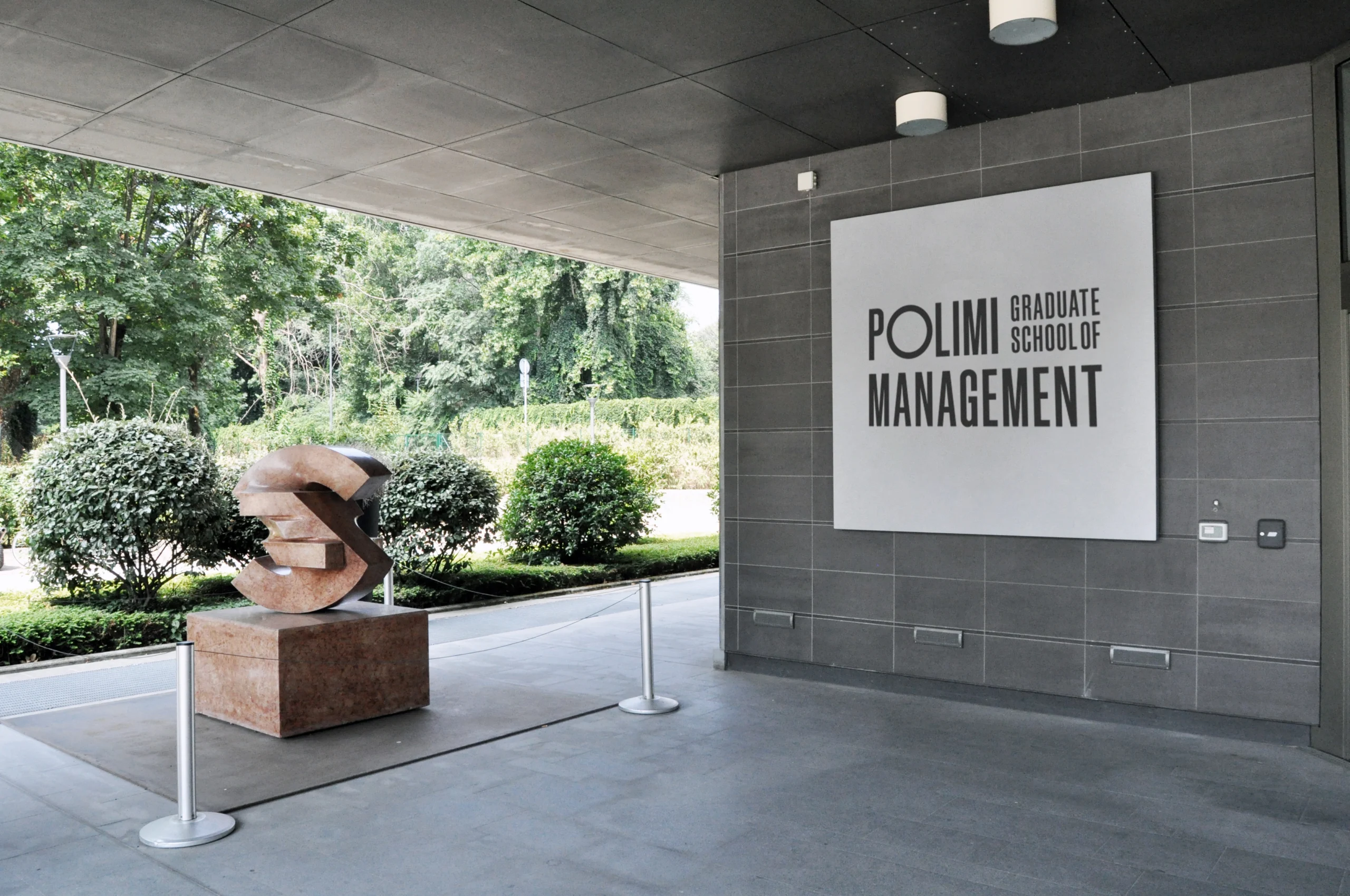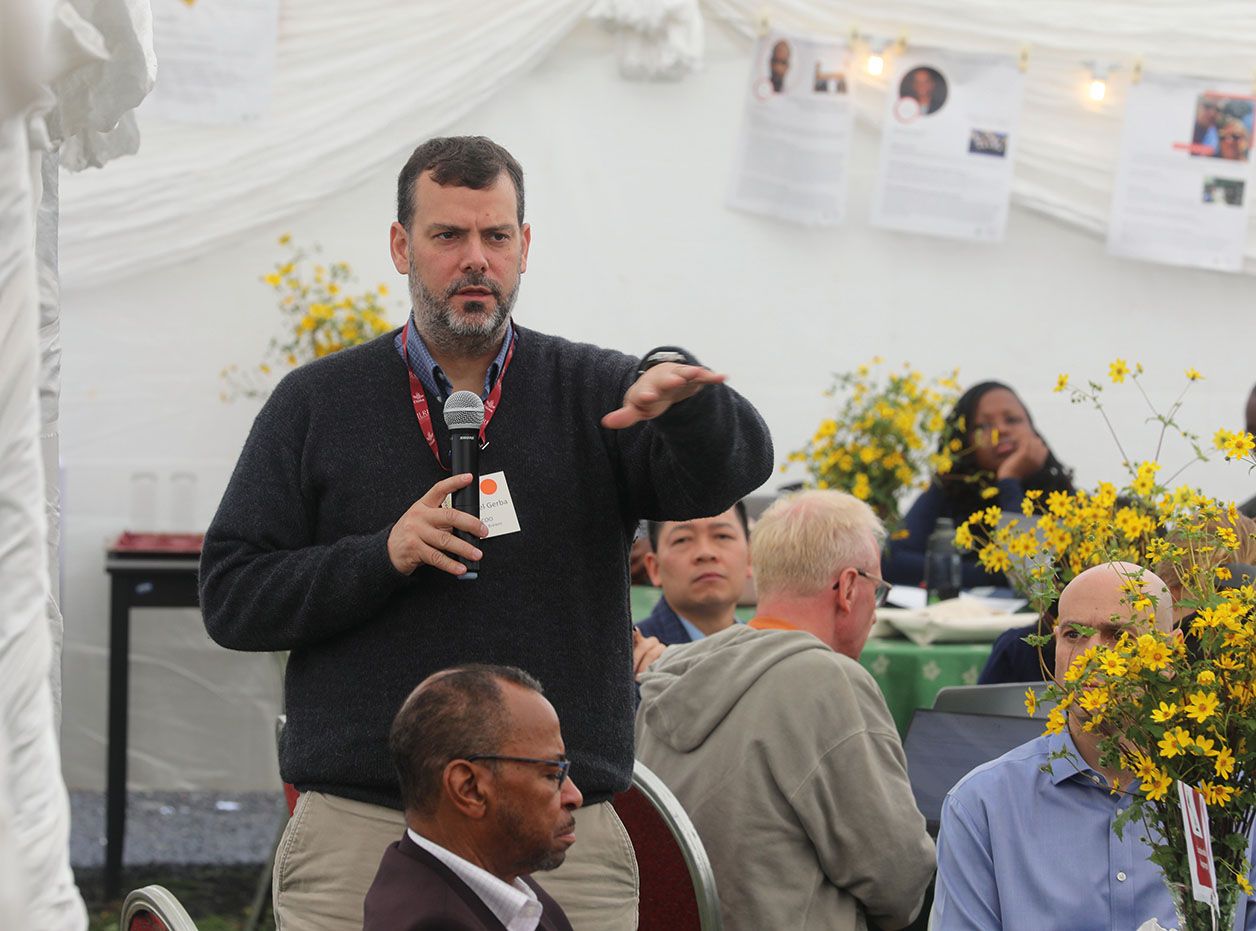How do you Get the Best From an Organisation?

John E. Kaye
- Published
- Executive Education, Home

Several high profile examples of unexpected corporate organisation disasters have occurred recently, which, even if not resulting in total failure, have had significant financial consequences. The list is long and the reasons multifarious but many stem from internal failings or inadequacies in a small number of areas rather than external forces. Subsequent analysis often shows that catastrophe could have been avoided if only the leadership had been more aware and closely monitored the areas where the problems occurred. It seems that a company’s Achilles’ heel can lie anywhere. So it is important to maintain a holistic view.
To enhance future prospects for business the leadership team must demonstrate strong interest in the health of the entire organisation, continually identifying and addressing weaknesses, and maintaining links at all times between leadership objectives and what happens within the organisation.
Ambitions with inadequate systems
Of course, risk is a natural part of corporate life. Leaders promote the use of risk management, process improvement and business management frameworks to uncover and manage potential issues and to try to get a handle on how the organisation is performing from different perspectives.
However such systems, frameworks and tools are often complex, full of jargon, expensive and disruptive to implement.
Sometimes they are difficult to apply because they are too abstract or generic and require significant training to tailor; conversely, some are too narrow in scope and do not address all fundamental business or functional areas. Additionally they can lead to a box-ticking mentality where the mechanics of standards are followed but the spirit is absent.
Many businesses look to expand or innovate to secure their future. For example, digital initiatives are currently popular, such as advanced analytics, automation, robotics, and improving end-to-end customer experiences, to name but a few.
The problem is that innovations and major improvement programmes are often initiated only in small pockets of the organisation – in silos or as pilots, with different managers responsible for driving the enhancements. There can be, therefore, a lack of coordination or joined-up thinking across an organisation. This can result in efforts being ineffective or delivering a disappointing return on investment due to: unclear priorities, problems elsewhere in the organisation or even con icting solutions being applied to the same business processes.
Bigger problems elsewhere
Global Process Innovations (GPI) Limited has its roots in process improvement for large and complex IT departments both in corporate and governmental organisations. They have helped many large organisations, o en through a significant (and often painful) change programme, to successfully embed standards and model-based working practices. Over the years they made several observations; the main one being that, notwithstanding all the work and time spent improving an individual department, there were often issues elsewhere in the overall organisation that significantly reduced the impact of all that effort.
The Directors at Global Process Innovations Debra Mendes and Larry Jones believe that, “improvements need to take into account the whole of the business; that they must be purposeful and derive from the business goals to make them lasting and relevant to the organisation as a whole”.
Mendes and Jones recommend a di erent approach; one which:
– Takes a holistic view of the organisation and of the business functions considered.
– Ensures strategic and improvement objectives are driven from the top, are monitored there and permeate throughout the organisation. That said, the approach should encourage input into the objectives from anywhere in the organisation.
– Uses a structured approach built on a holistic framework of organisational best practice but allowing the organisation exibility to prioritise its own improvements based on discovered and acknowledged vulnerabilities and its business goals.
– Is not obsessed with slavishly following a model but is driven by outcomes.
– Puts the motivation, impetus and responsibility for change in the hands of the organisation. In this way they are more likely to be relevant and to last.
– Encourages regular assessment and incremental change.
GP 9P appraoch
GPI’s 9P framework details proven best practices categorised into nine key business facets applicable to any organisation. If implemented in their entirety these practices ensure a healthy, robust organisation with a culture of all-round excellence that is well placed to sustain growth.
The categories and underlying structure of the 9P framework have been distilled from GPI’s experience with and research into several business excellence models (including EFQM, CMMI for Development, Acquisition and Services, ITIL, COBIT, Lean Six Sigma, Agile). The 9Ps are easy to remember, and comprise a set of criteria to interrogate the business at any level and ascertain if it has a good profile of organisational health.
The 9P Approach employs this unique 9P framework to derive a new (or test an existing) dashboard for the leadership that stipulates what it expects of the organisation and what data will be collated to check that those expectations are being met.
GPI’s perspective on dashboard formulation is to consider all functions and objectives of the organisation and to prioritise them. This involves consideration not only of the nine “Ps” but also of levels of criticality. Leadership usually has clear insight into those factors that may indicate imminent risk to the organisation’s ability to remain a going concern (usually nancials). Everyone has a good understanding of these elements and so reporting and monitoring are performed adequately, reducing risk. However, as horizons broaden – and delivery of strategy or achieving long term health are considered – the number and detail of factors involved increase and become difficult to articulate. This can lead to misunderstandings and omissions of what is required and a greater risk of failing to meet the strategic or organisational excellence objectives.
To reduce this risk, the 9P Approach encourages the adoption of the 9P framework by the organisation, systematically identifying and prioritising those practices and metrics that help deliver the organisation’s most pressing objectives.
As part of a continuous improvement programme, the GPI Healthcheck uncovers areas of strength and weakness throughout the organisation. It assesses against the 9P framework, which encapsulates detailed characteristics of excellent organisations, and asks questions in increasingly searching levels of detail under each of 9 categories, noting omissions, weaknesses and suggestions where current practice falls short of corporate excellence standards or effectiveness.
The GPI Healthcheck is designed to give the board, CEO and senior management independent insight into the quality of the inner workings of the organisation. This enables them confidently to choose where to apply required improvements to keep the organisation on track, reduce costs and risk, and increase quality and resilience, putting them in a stronger position to manage their governance responsibilities including corporate strategy.
Sign up to The European Newsletter
RECENT ARTICLES
-
 ETH Zurich and the University of St.Gallen redefine executive education with emba X, a new model of responsible leadership
ETH Zurich and the University of St.Gallen redefine executive education with emba X, a new model of responsible leadership -
 Why leadership is the strongest defence in South Africa’s schools
Why leadership is the strongest defence in South Africa’s schools -
 Porto Business School launches executive programme on AI strategy
Porto Business School launches executive programme on AI strategy -
 POLIMI Graduate School of Management strengthens global reputation in MBA and master’s rankings
POLIMI Graduate School of Management strengthens global reputation in MBA and master’s rankings -
 Trinity Business School strengthens standing in global MBA rankings
Trinity Business School strengthens standing in global MBA rankings -
 Meet the class of 2025… and their children. Why mid-life university learning is on the rise
Meet the class of 2025… and their children. Why mid-life university learning is on the rise -
 University of Michigan launches executive programme for chief data and AI officers
University of Michigan launches executive programme for chief data and AI officers -
 International education: A vision for global citizens
International education: A vision for global citizens -
 How to create lasting social change? Build a community
How to create lasting social change? Build a community -
 Tomorrow’s world needs Dyslexic Thinking
Tomorrow’s world needs Dyslexic Thinking -
 Why family therapy is the best investment you can ever make
Why family therapy is the best investment you can ever make -
 How EQ can give us the edge over AI
How EQ can give us the edge over AI -
 A true root and branch approach
A true root and branch approach -
 It's fine to say you're not ok
It's fine to say you're not ok -
 Are you willing to change with your organisation?
Are you willing to change with your organisation? -
 Emerging markets: Online learning for women unlocks economic potential
Emerging markets: Online learning for women unlocks economic potential -
 A programme of urgent importance
A programme of urgent importance -
 Why progress is not parity
Why progress is not parity -
 Begin by building trust
Begin by building trust -
 Have we the energy for cryptocurrencies?
Have we the energy for cryptocurrencies? -
 Make your employees everyday data scientists
Make your employees everyday data scientists -
 The power of understanding
The power of understanding -
 Welcome to the team
Welcome to the team -
 Become your best self with Gies
Become your best self with Gies -
 The benefits of seeing the bigger picture
The benefits of seeing the bigger picture



























